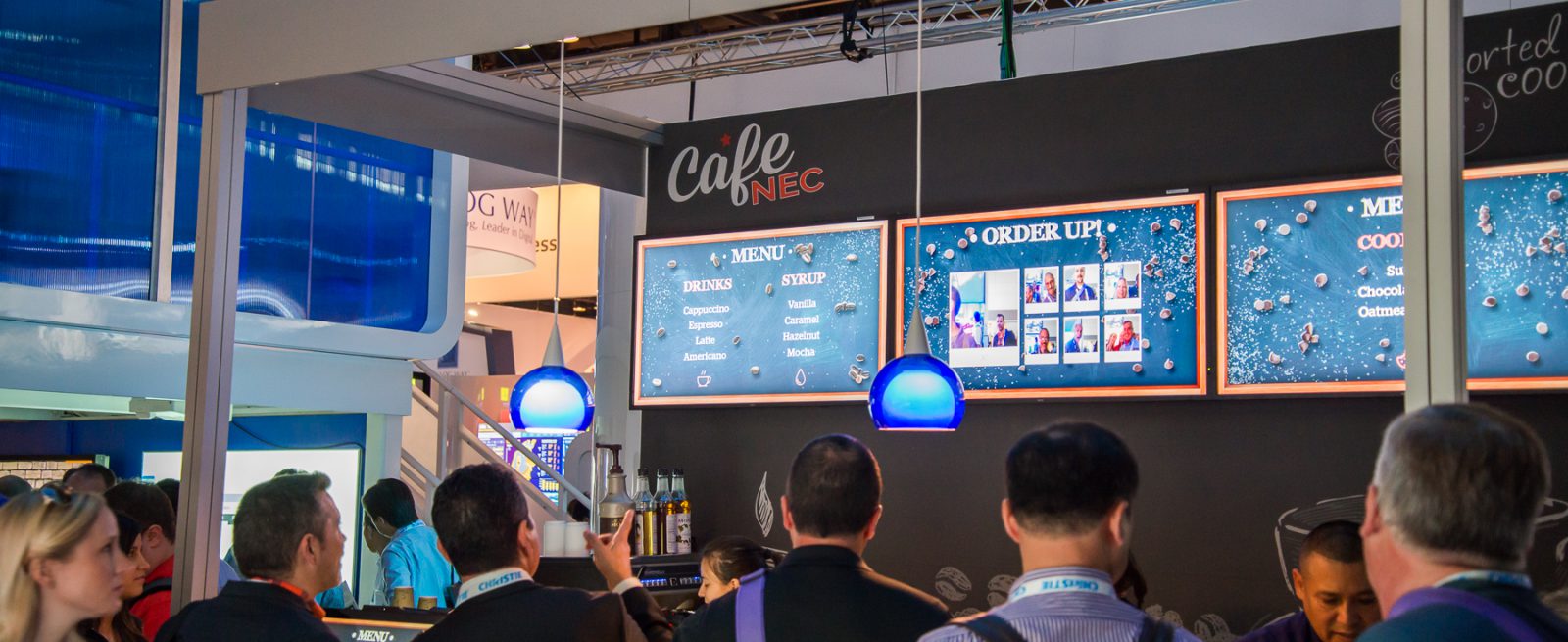Is Digital Signage Right for Your Restaurant?
2 Min Read By Ben Hardy
Restaurant owners sometimes shy away from digital signage because of the upfront costs, but in the long run, digital displays might prove to be more affordable for most restaurants, particularly because of the value-add they offer to the business. For instance, because digital displays can be remotely controlled, managers can update content at any needed time. With static signage, new menus must be printed, shipped and installed, which adds up quickly — particularly if there are frequent menu changes, as there are in most modern restaurants. And, with new Food and Drug Administration regulations requiring nutritional information displayed next to menu items, having the ability to change and update content quickly is a must.
Traditional vs. Digital The benefits of using digital signage in any restaurant are numerous. First and foremost, digital signage gives restaurants the opportunity to build a stronger relationship with customers through interactive and engaging imagery. Flashy…
Sorry, You've Reached Your Article Limit.
Register for free with our site to get unlimited articles.
Already registered? Sign in!


